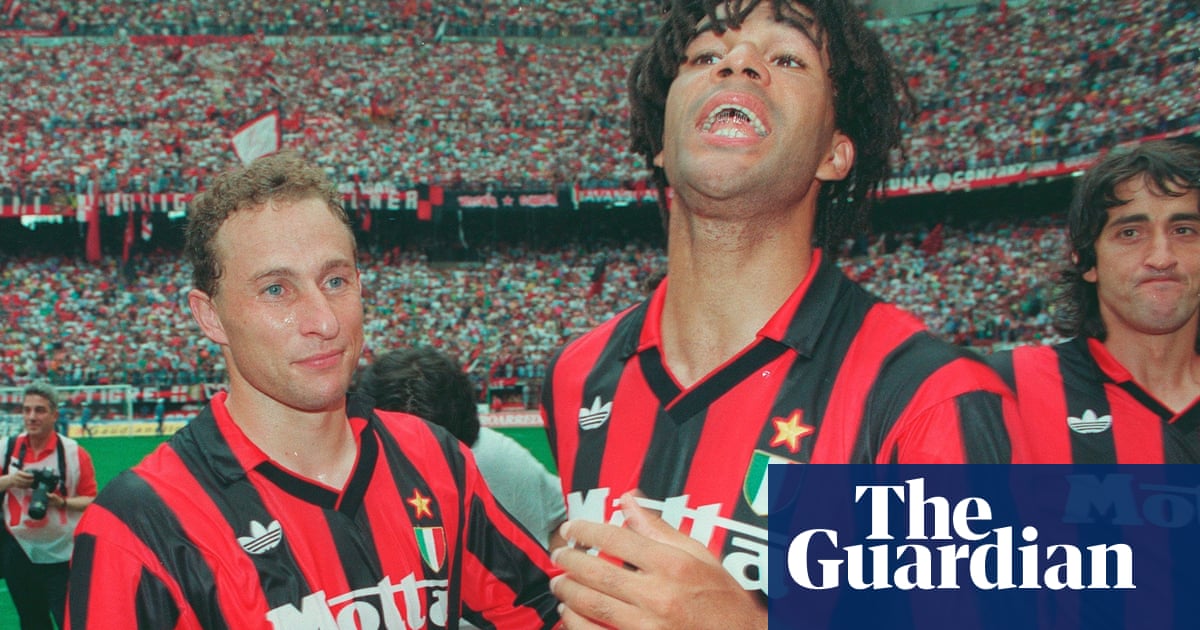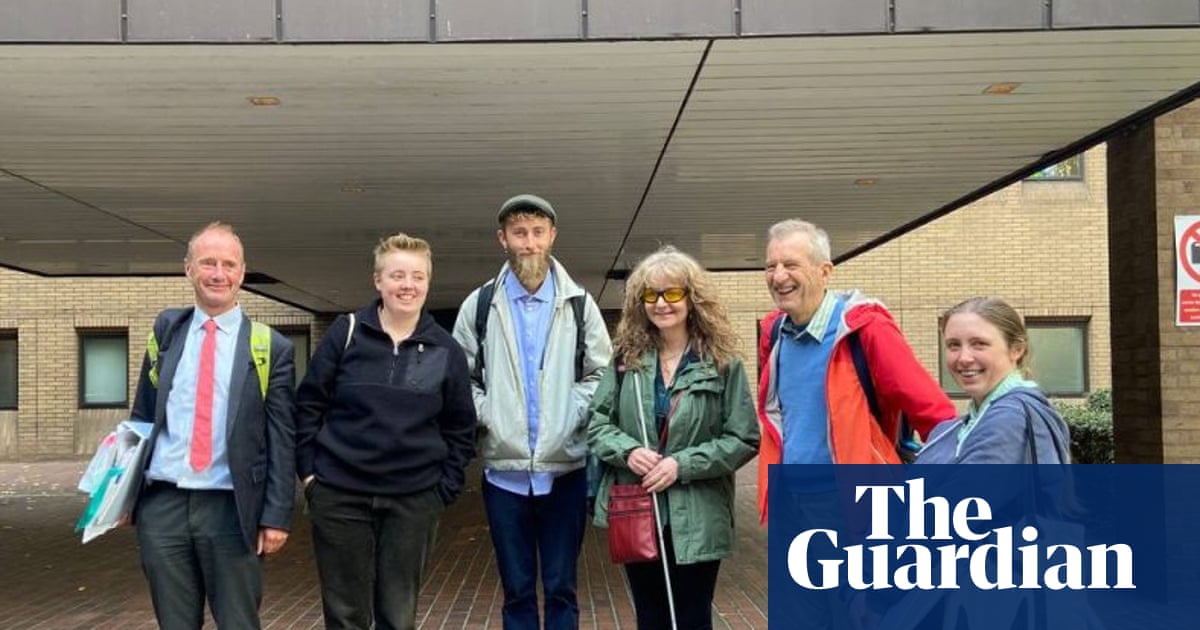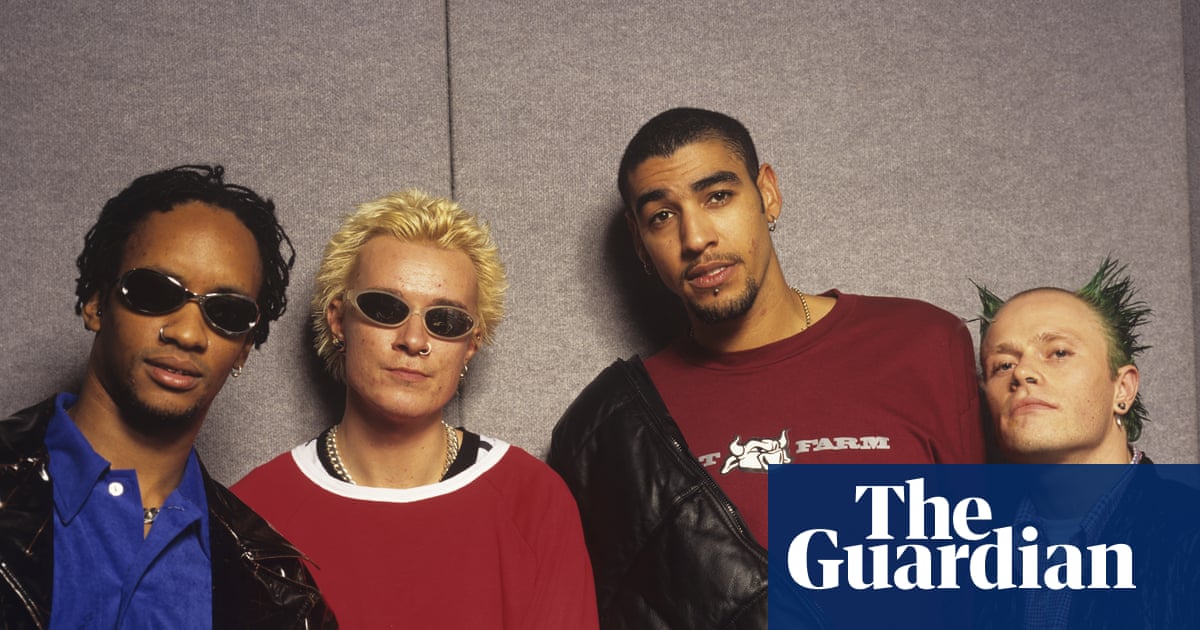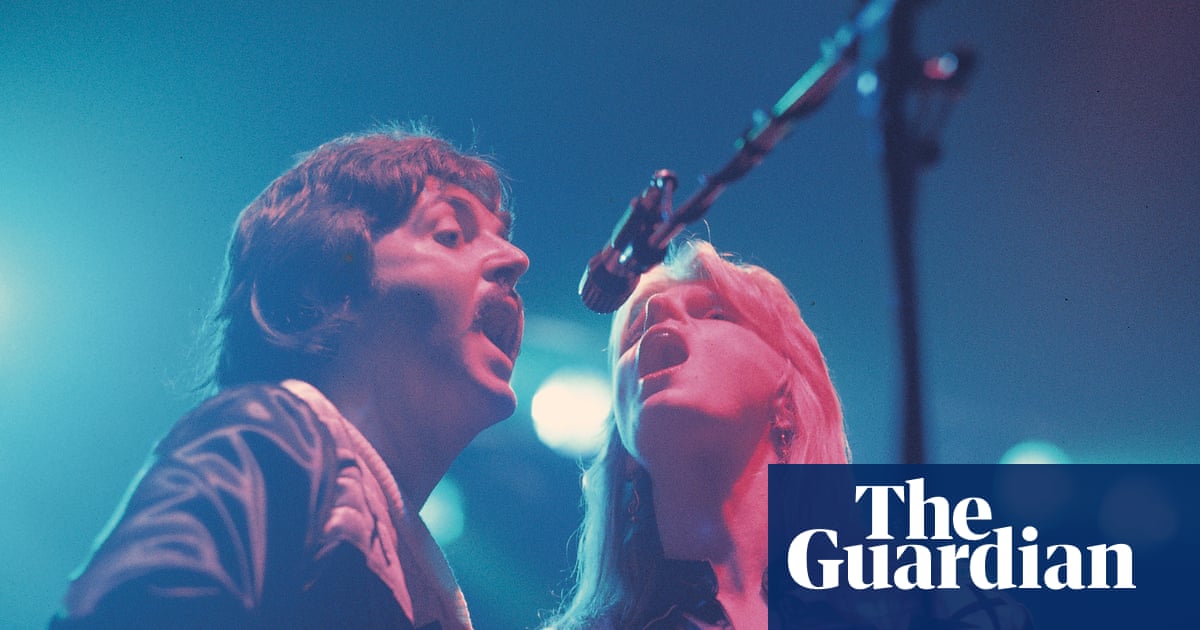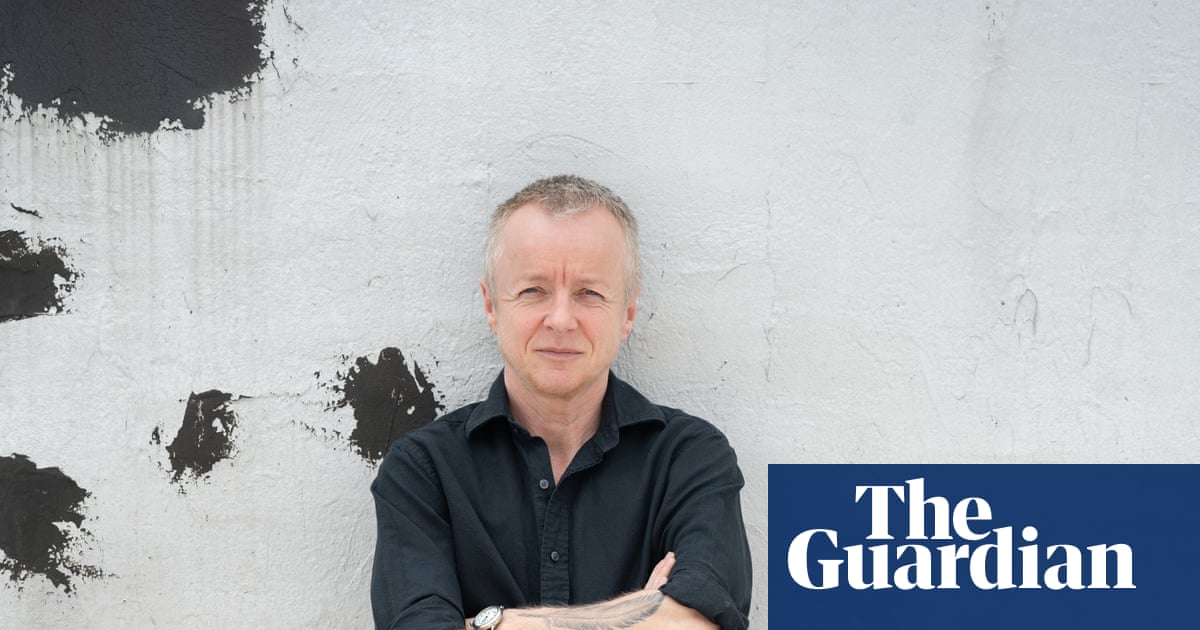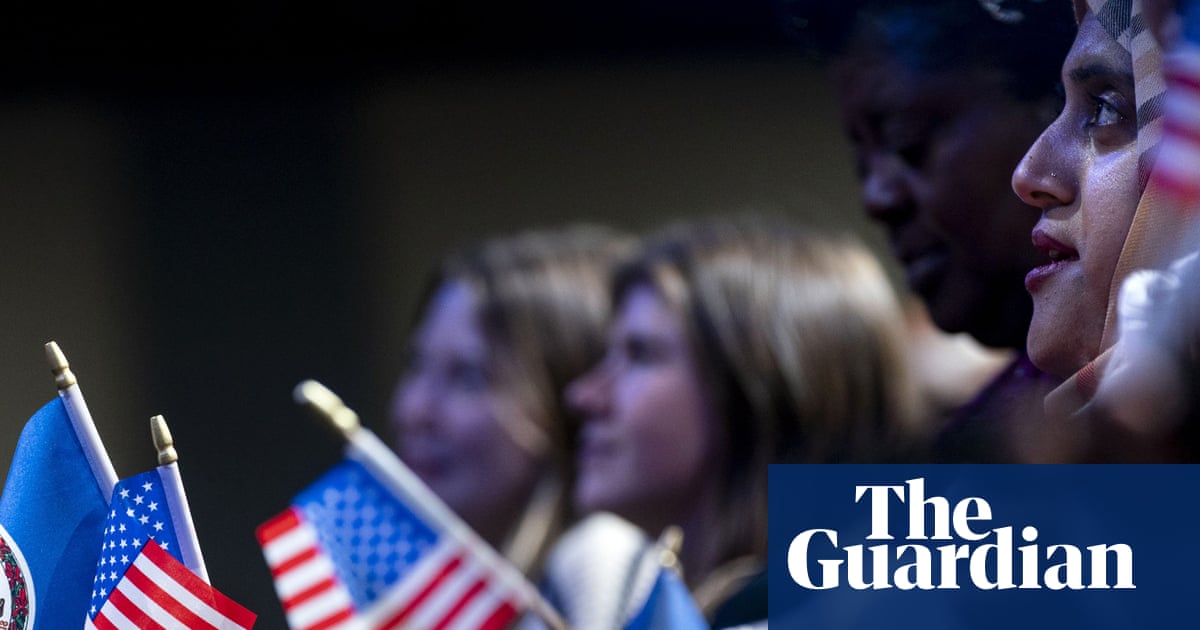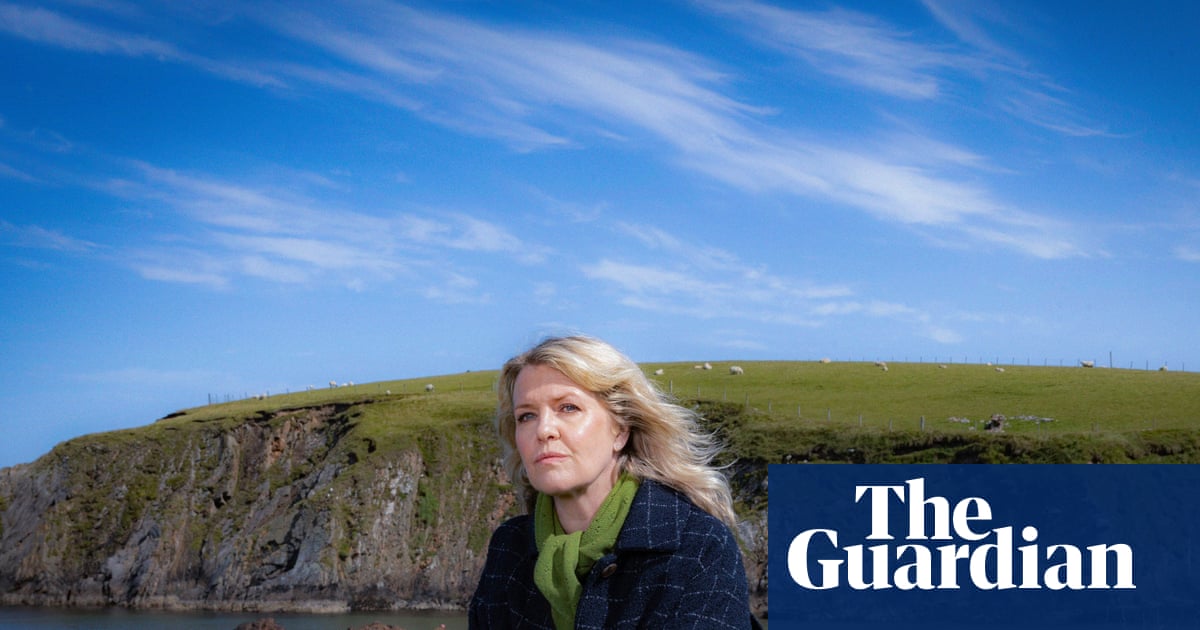In late July this year, a few days before his 50th birthday, the exiled Russian film-maker Ilya Khrzhanovsky was landed with a 50,000 rouble (£450) fine by the Presnensky District Court of Moscow. This punishment was ostensibly for a Kafkaesque administrative offence relating to “procedures for the activities of foreign agents”. Khrzhanovsky himself thinks it was a symbolic birthday warning from the Russian authorities that he is still on their radar.
“It’s clear it is absolute nonsense,” Khrzhanovsky says. “I will not pay it. I am not a Russian citizen and I don’t want to pay any money to the Russian state.” He renounced his Russian citizenship last year, and is now a British, German and Israeli citizen.
Also last year, Andrei Lugovoi, a former KGB agent turned politician who became deputy chair of the State Duma Committee on Security and Anti-Corruption, called Khrzhanovsky a “master traitor”, and accused him of “sabotage against Russia”. That’s when Khrzhanovsky was first given the status of “foreign agent” – a label widely used to target critics of the Putin regime.
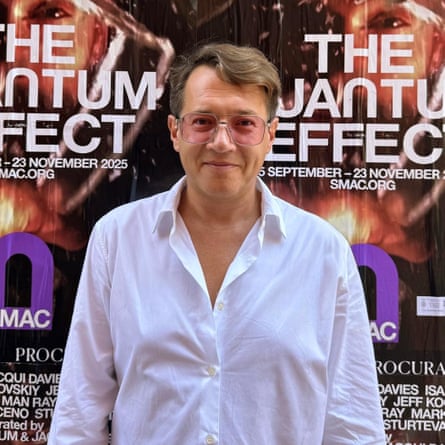
Lugovoi specifically objected to the XZ Foundation that Khrzhanovsky and journalist Mikhail Zygar set up in 2023 to counter propaganda in Russia. Lugovoi didn’t much like Khrzhanovsky’s mocking attitude toward Russia’s “special operation” in Ukraine either.
On the September afternoon that I meet him in the cafe of the tennis club on Venice’s Lido, Lugovoi isn’t much on his mind. He is in town for The Quantum Effect, an exhibition at the San Marco Arts Centre (SMAC) where he is presenting material from his never-ending project Dau. The excerpts he is showing feature scientists debating quantum and string theory.
Khrzhanovsky is relaxed but exudes a certain weary fatalism. You can’t blame him, given the huge debts he has amassed since embarking on Dau, and the widespread opprobrium directed toward the project. It is a series of films – 14 features in all – art installations, performances, debates and books about Soviet Russia under Stalin that Khrzhanovsky started working on 20 years ago.
When one of the first films to be unveiled, Dau: Natasha, screened in competition in the Berlin film festival in February 2020, it won an award for its veteran German cinematographer, Jürgen Jürges, but generally caused uproar in east and west alike. The film was promptly banned in Russia as “pornographic propaganda”. A grim late scene in which its protagonist Natasha (Natasha Berezhnaya) is being interrogated by a KGB investigator who forces her to insert the neck of a bottle into her vagina provoked particular fury, although the scene was clearly staged. The director was accused of rampant misogyny and bullying.
“It was published that I found Natasha inside a masochistic brothel, which is absolutely not true – and then it was translated to Russian,” the director complains, bitterly, about how he and his project have been misrepresented.
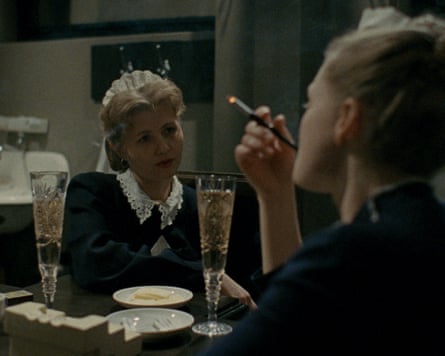
It irks him that he was accused of secretly recording his actors in their most intimate moments, including when they were having drunken sex. For one thing, Dau was shot on 35mm – and you can’t help but notice a 35mm movie camera, especially when there is a big crew standing behind it.
The Dau project started in modest fashion, as a small, European-funded arthouse movie inspired by the Nobel prize-winning Soviet scientist Lev Landau (who died in 1968). But somewhere along the way the project “mutated”, as Khrzhanovsky puts it. He secured support from the oligarch Sergei Adoniev and instead of making a feature film, he embarked on what turned into a massive multimedia experiment designed to submerge audiences – and those who participated in making it – in the horrific, phantasmagoric world of the Stalin-era Soviet Union.
He worked with three cinematographers: Lol Crawley (who last year won an Oscar for The Brutalist) shot the Saint Petersburg parts of Dau; then there were Jürges (best known for his work with Rainer Werner Fassbinder) and Manuel Alberto Claro (who has shot several Lars von Trier films including Nymphomaniac).
The maverick director largely made the Dau films in Kharkiv in Ukraine, where he built a re-creation of a Soviet-era scientific compound that is claimed to be the largest film set in European cinema history. Rumours suggested he had gone crazy, like Kurtz in Heart of Darkness. He was working with vast armies of actors and extras, artists and scientists (among them Marina Abramović and opera director Peter Sellars), all of whom had to stay entirely in character, as if they really were back in the USSR.
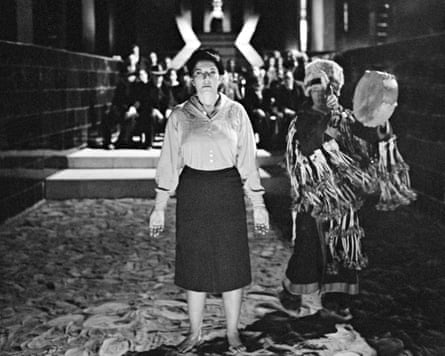
When he gave a masterclass at the Sarajevo film festival earlier this summer, one detail stood out: the 70 tons of cabbage he requisitioned for a single scene. When I ask why he needed quite so many greens, he responds: “It’s an unusual project and I did it in an unusual way. I tried to create a feeling of a different time. I tried to find precise faces, precise body language for characters, even in the extras …”
“I recognise people from the ex-USSR. It doesn’t matter how they dress. It’s kind of the Soviet smell. Not literally a smell, but there is something in the body language, something about how people look in the eyes. This was one of the reasons I wanted to try to make this movie, to understand the nature of this Soviet DNA,” he says.
A fateful decision was not to release what he now calls the “mother film” first. This was the conventional, narrative-driven feature that, judging by the trailer, was close to a Doctor Zhivago-style epic, complete with massive crowd scenes.
“I felt that if I came first with this movie, it would take all the attention, and the other Dau movies would be just like leftovers,” he says. Instead, the experimental and confrontational work, in which he goes “really deep in human relations and behaviour”, was shown to the public first, and there was a big Dau exhibition at the Théâtre du Châtelet and Théâtre de la Ville in Paris in early 2019.
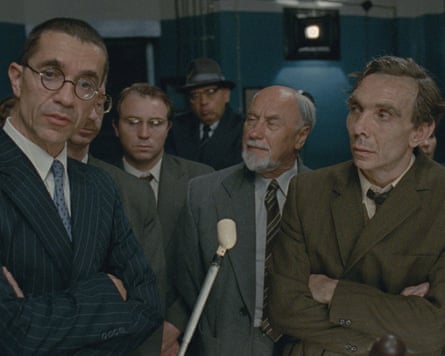
The timing was against him. Thanks to Covid, distribution opportunities for the first batch of films were severely curtailed. Some were made available on a website (currently under reconstruction) but Dau seemed destined to turn into one of those tantalising projects that would never properly be completed. Back in 2019 and 2020, its grim warnings about the true nature of contemporary Russian totalitarianism were largely ignored. So were the discussions about art, philosophy, religion and quantum physics. Instead, critics focused on the sex and the violence, or grumbled about the teething problems. Visitors to the exhibition in Paris were given “visas”, not conventional tickets. They had to answer questions about themselves in order to be allowed in. When they looked for guidance from staff about what was showing where, Khrzhanovsky explains, “the answer they got is that they [the staff] didn’t know – because the nature of totalitarianism and the nature of life is that you don’t know”. This may have made for heightened Soviet-style realism but it didn’t always contribute to customer satisfaction.
In 2019, the private financing ran out. “Then it was my responsibility,” Khrzhanovsky says. He admits there were times he wanted to abandon the Dau project altogether and “to do something else”. In 2020, he was appointed artistic director of the Babyn Yar memorial centre in Kyiv, commemorating the 34,000 Jews murdered in a ravine in Kyiv by the Nazis in September 1941. He also worked as an associate producer on Sergei Loznitsa’s 2021 film about the massacre, Babyn Yar. Context, and its 2022 follow-up The Kiev Trial.
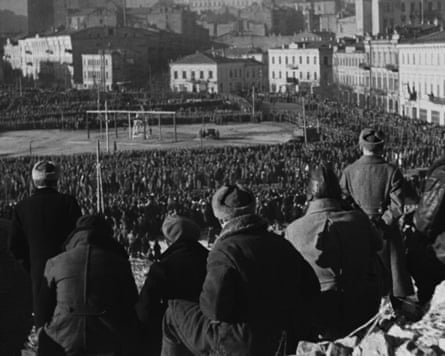
Then came the full-scale invasion of Ukraine. In the summer of 2023, the director stepped down from the Babyn Yar project; he is now living in Berlin and is picking up the pieces of Dau. He has 700 hours of film, 4,000 hours of sound, enough material to fill 247 books, each 500 pages long, and an estimated 1,500 terabytes of data. He has hired a massive storage space to house the “40,000 pieces of costume, art installations, props and elements that we prepared for the release”.
Much of this was previously kept in a huge mansion in Piccadilly owned by property magnates the Reuben brothers. “The Reubens gave us the building almost for free. I offered our company to be live-in guards. It was a time when they were waiting for planning permission.”
Khrzhanovsky is back editing material he shot almost two decades ago – and he believes that Dau has a new relevance and urgency. “When Dau was presented six or seven years ago, there were many questions as to why I was touching this strange story about the Stalin era. At that time, it was not such a big topic. Nowadays, I think it has another meaning. I hope that, through this project, it is possible to understand something more about the nature of totalitarianism. We have to understand where we are, and what kind of huge danger the world is facing now, and that this evil has different faces.”
The plan is to release the “mother film” next year. In the meantime, the never-before-seen Dau physics films on show in Venice depict real contemporary scientists – including the Dutch physicist Erik Verlinde and Nobel prize winner David Gross – debating quantum theory within the historic conditions of Lev Landau’s Soviet laboratory. This, at least, is one small part of Khrzhanovsky’s gargantuan and hugely contentious project that shouldn’t leave any controversy trailing in its wake.

 1 month ago
37
1 month ago
37




